Web3最近新消息:A Guide to Understanding Web3 Technolog
1. What is Web3 technology and how does it work?
Web3 technology, also known as the decentralized web, is a term used to describe the evolution of the internet towards a more decentralized and user-centric model. It is built on the principles of blockchain and distributed ledger technology, allowing users to have greater control over their data and digital assets.
Web3 technology operates through a network of nodes, where each node participates in the validation and verification of transactions. This ensures transparency, immutability, and security of data. Smart contracts, which are self-executing contracts with the terms of the agreement directly written into the lines of code, play a vital role in Web3 technology.
2. What are the advantages of Web3 technology?
Web3 technology offers several advantages over traditional centralized systems. Firstly, it provides improved privacy and security by eliminating the need for intermediaries and giving users full control over their data. Secondly, it promotes greater transparency by making all transactions and data interactions visible to the public on the blockchain. Thirdly, Web3 technology allows for more efficient and faster transactions without the need for traditional financial institutions.
Furthermore, Web3 technology fosters innovation by enabling developers to build decentralized applications (DApps) on top of blockchain platforms. DApps can provide unique solutions in various sectors such as finance, supply chain, healthcare, and more.
3. How is Web3 technology disrupting various industries?
Web3 technology has the potential to disrupt numerous industries. In finance, decentralized finance (DeFi) platforms are revolutionizing traditional banking and lending systems by offering peer-to-peer transactions, automated trading, and decentralized governance. In supply chain management, blockchain-based solutions ensure transparency, traceability, and security of goods throughout the supply chain. In healthcare, Web3 technology enables secure and interoperable health records, ensuring privacy and facilitating seamless data sharing.
Other industries, such as real estate, energy, gaming, and content creation, are also experiencing significant disruptions from Web3 technology. Decentralized platforms allow for fractional ownership of properties, peer-to-peer energy trading, provably fair gaming, and direct monetization of content without intermediaries.
4. What are the challenges and limitations of Web3 technology?
Despite its potential, Web3 technology does face some challenges and limitations. Firstly, scalability remains a significant concern as blockchain networks often struggle with processing a large number of transactions. Secondly, the technology is still relatively new, and regulatory frameworks have not yet caught up with its rapid development. This poses legal and compliance challenges, especially in areas such as tokenized assets and decentralized governance.
Additionally, the complexity of the technology and the need for heightened security measures may deter mainstream adoption. User experience and interface design also need improvement to make Web3 applications more accessible and user-friendly. Finally, the energy consumption associated with some blockchain networks, such as Bitcoin, is an environmental concern that needs to be addressed.
5. How can individuals and businesses benefit from Web3 technology?
Individuals and businesses can benefit from Web3 technology in various ways. For individuals, Web3 technology offers greater control over personal data, enhanced privacy, and the opportunity to directly participate in decentralized networks and governance. It also opens up new avenues for earning income through decentralized applications and token economies.
Businesses can leverage Web3 technology to create more efficient and transparent processes, reduce costs, and enhance security. They can explore tokenization of assets, crowdfunding through Initial Coin Offerings (ICOs) or token sales, and utilize smart contracts for automation and trustless transactions. Additionally, businesses can tap into decentralized markets and reach wider audiences without relying on intermediaries.
6. What are the potential risks and concerns associated with Web3 technology?
Web3 technology introduces new potential risks and concerns. One significant concern is the security of smart contracts and the possibility of vulnerabilities being exploited by hackers. Reversible transactions and privacy concerns are also areas that require careful attention.
Moreover, the lack of regulation and governance in decentralized systems can lead to fraudulent activities and scams. The anonymity provided by certain blockchain networks can facilitate money laundering and illegal activities if proper precautions are not taken.
Furthermore, the rapid evolution of Web3 technology can result in fragmented standards and compatibility issues, hindering interoperability between different blockchain networks and applications.
7. What is the future outlook for Web3 technology?
The future prospects of Web3 technology are promising. As more individuals become aware of the advantages offered by decentralization and blockchain, the demand for Web3 applications and services is expected to grow. Governments and regulatory bodies are also beginning to explore the potential benefits of Web3 technology and how to strike a balance between innovation and consumer protection.
Interoperability between different blockchain networks and improved scalability solutions are being actively worked on, addressing some of the current limitations of Web3 technology. The integration of Web3 technology with emerging technologies like artificial intelligence and the Internet of Things (IoT) will further expand its applications and impact.
In conclusion, Web3 technology presents a paradigm shift towards a more user-centric and decentralized internet. While its adoption and development still face challenges, the potential benefits for individuals and businesses, as well as the disruption of various industries, make it an area worth exploring and understanding.


